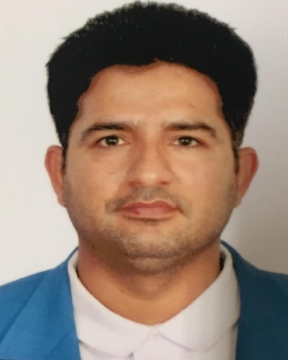
 |
Ali Dad ChandioNED University of Engineering and Technology, Karachi, PakistanSuperalloys And Thermal Barrier Coatings For Aeroengine Applications 6th Intl. Symp. on New & Advanced Materials & Technologies for Energy, Environment, Health & Sustainable Development Back to Plenary Lectures » |
Abstract:Nickel based single crystal superalloys have been widely used for blades and vanes of the aeroengine hardware [1, 2, 3]. The main goal of these alloys is to provide high temperature strength owing to its γ-Ni/γ’-Ni3Al structure under aggressive working environment [1, 2, 3]. However, alloying elements used do not provide desired oxidation resistance to the components [1]. In order to provide optimum oxidation resistance and improve engine working efficiency, a system of the coating is applied which is commonly known as thermal barrier coating (TBC) system [1, 2, 3]. In general, TBC system comprises of two layers i.e. ceramic topcoat (TC) and an underlying metallic layer as a bond coat (BC). However, there is one additional layer between BC and TC grown either during service or manufacturing is known as thermally grown oxide (TGO) i.e., Al2O3. One of the crucial parts of the TBC system is the nickel aluminides (βNiAl) layer that is used as BC material [4, 5]. Most often, such a layer governs the TC life in the absence of foreign object damage [2]. For example, various modes of the failures are reported in literature such rumpling, stress and interdiffusion [1,2,5]. In this work, bond coat and associated trends are highlighted in the light of experimental observations. |
|